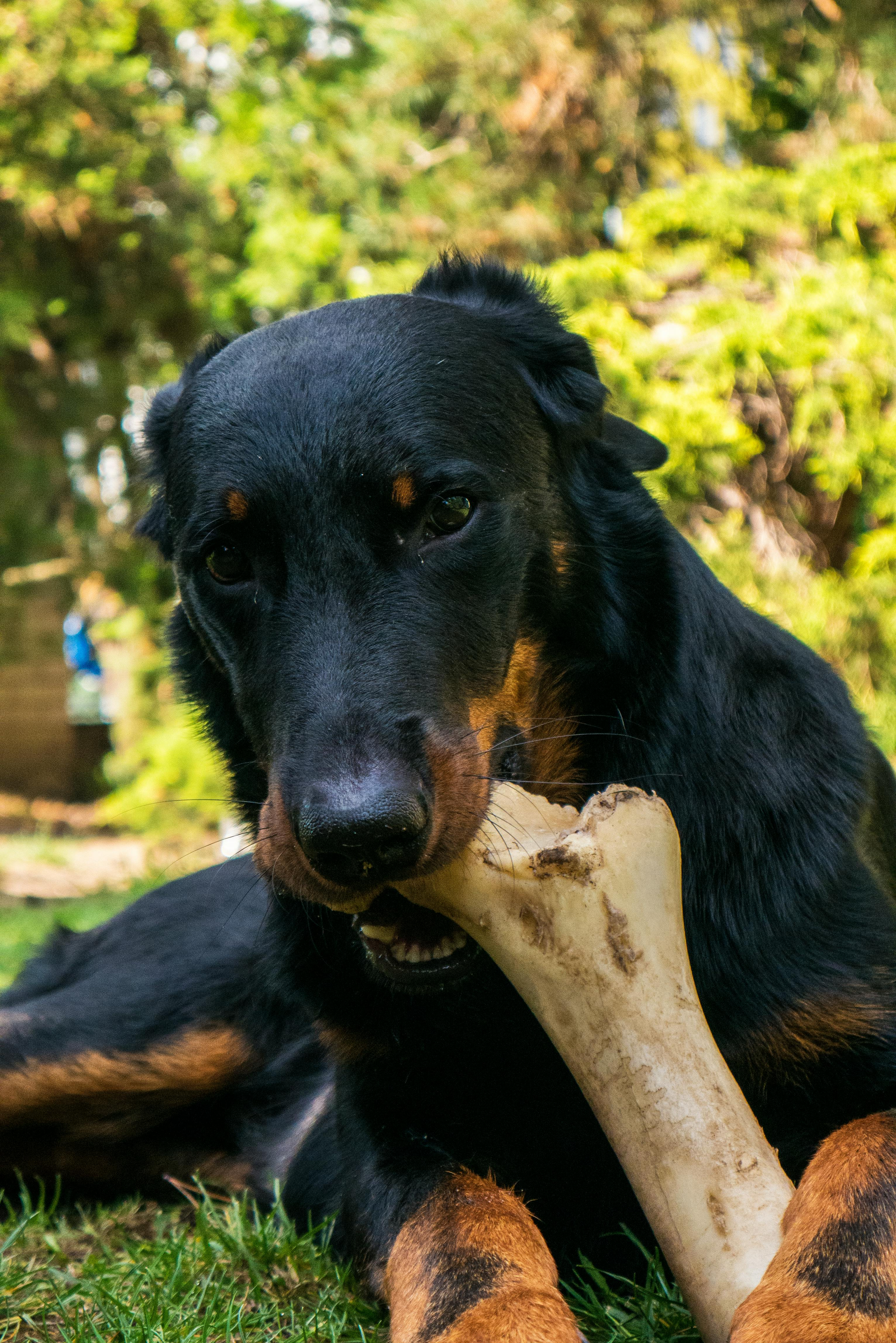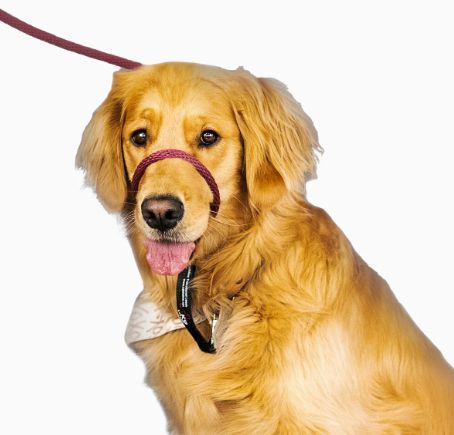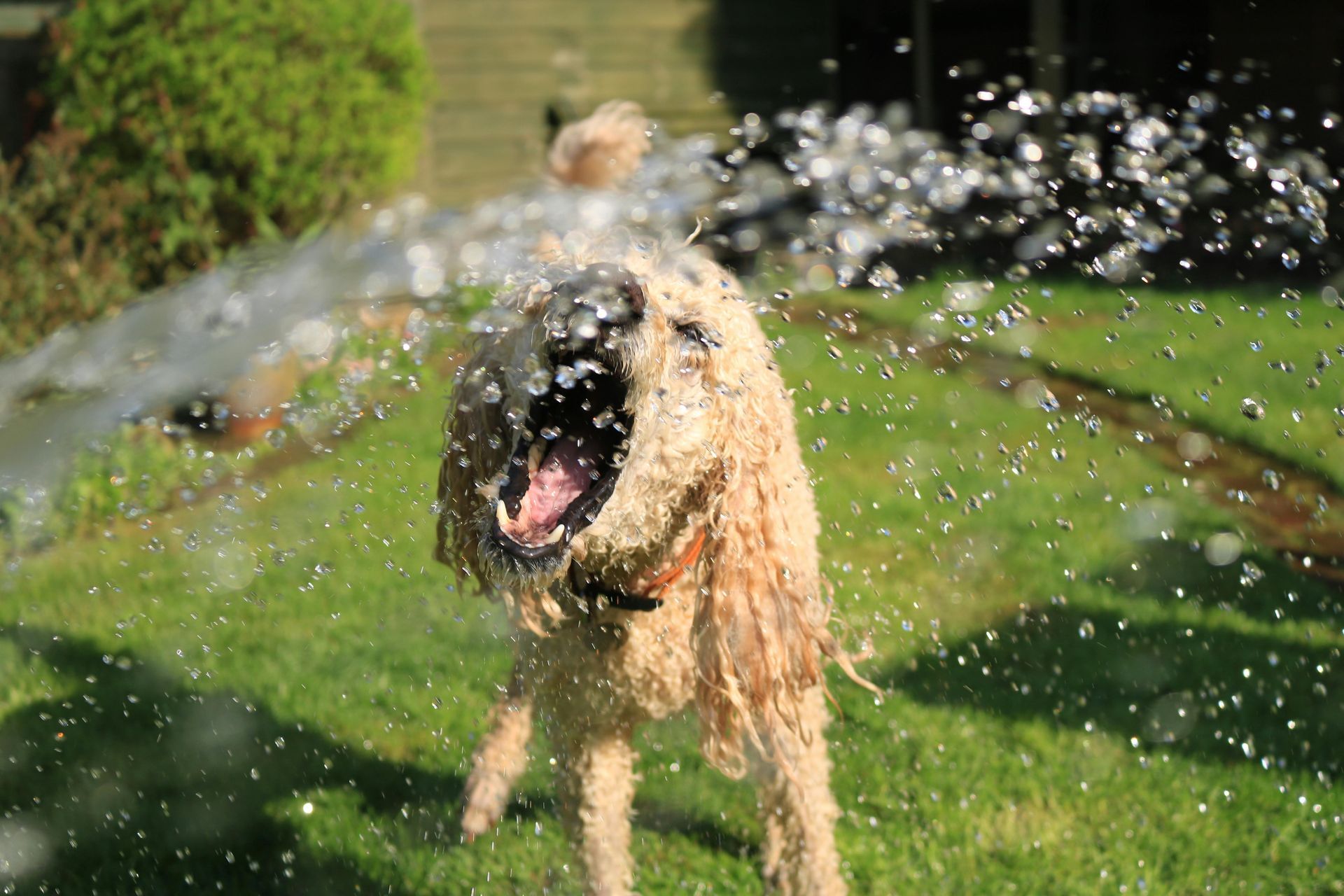Freeze-Dried Pet Food: Is It Worth the Hype?
The pet food industry is always buzzing with new trends and innovations, and lately, freeze-dried food has been generating a lot of excitement. But what exactly is freeze-dried pet food, and is it worth the hype?
What is Freeze-Dried Pet Food?
Freeze-dried pet food is made with raw ingredients that are frozen at very low temperatures and then subjected to a vacuum that removes the moisture. This process preserves the natural nutrients, flavor, and aroma of the ingredients, without the need for preservatives or artificial additives. The result is a lightweight, shelf-stable food that can be rehydrated with water to create a fresh and delicious meal for your furry friend.
Benefits of Freeze-Dried Pet Food
There are several potential benefits to feeding your pet freeze-dried food:
- Higher Nutritional Value: Freeze-drying preserves more of the natural vitamins, minerals, and enzymes found in raw ingredients than traditional kibble or canned food. This can lead to improved overall health and well-being for your pet.
- Improved Digestibility: The gentle freeze-drying process makes the food easier for your pet to digest, which can lead to smaller, less smelly stools.
- Enhanced Taste and Aroma: Dogs and cats have a keen sense of smell and taste, and they will love the rich, natural flavors and aromas of freeze-dried food.
- Convenient and Shelf-Stable: Freeze-dried food is lightweight and easy to store, making it a great option for travel or camping. It also has a longer shelf life than raw food, so you don't have to worry about it spoiling.
Is Freeze-Dried Pet Food Right for Your Pet?
While freeze-dried pet food offers several potential benefits, it's not necessarily the right choice for every pet. Here are a few things to consider:
- Cost: Freeze-dried food is typically more expensive than kibble or canned food.
- Preparation: While it's convenient to store, freeze-dried food requires rehydration with water before feeding.
- Dietary Needs: Make sure the freeze-dried food you choose is formulated for your pet's specific dietary needs, such as age, breed, and activity level.
Overall, freeze-dried pet food is a healthy and convenient option for many pets. If you're looking for a way to improve your pet's diet and give them a taste of the raw food world, it's definitely worth considering. Just be sure to talk to your veterinarian first to make sure it's the right choice for your furry friend.
I hope this blog post has given you a better understanding of freeze-dried pet food and its potential benefits. If you have any questions, please feel free to stop in and discuss your pet's nutritional needs.
Additional Tips:
- When choosing a freeze-dried pet food, look for one that is made with high-quality ingredients and is from a reputable brand.
- Start by mixing a small amount of freeze-dried food with your pet's current food and gradually increase the amount over time.
- Be sure to rehydrate the freeze-dried food with water according to the package instructions.
I hope your pet enjoys the taste and health benefits of freeze-dried food!













